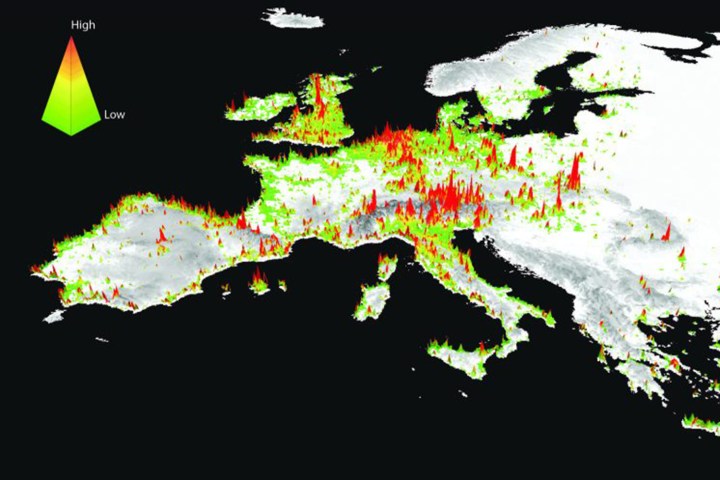
To value landscapes in the past, researchers were confined to the old-school method of surveying, which helped them gauge how different people felt about various environments and could help inform policy decisions on preservation. But these surveys proved limited. Self-selection bias — people’s propensity to place themselves into a particular group — meant surveys such as these failed to capture the opinions of many people.
“I felt that we needed measures that would be more representative of the diversity of society across larger areas,” North Carolina State University postdoctoral researcher and co-lead author Derek Van Berkel told Digital Trends. “Social media seemed like a logical data source as people are readily volunteering information by uploading photos and commenting on the places around them.”
Berkel and his team set out to crowdsource their study. They developed algorithms to skim and filter social media data of European landscape images, including the content of comments and hashtags. Of main interest was how these regions should be used — for example, whether designated as agricultural, mining, and forestry, or saved for recreation.
“One of the goals of our work is to better communicate the importance of special places to policymakers so that they can make more effective and informed decisions about landscape planning,” Berkel said. “We believe that creating clear maps to show the locations of highly valued landscapes can help policymakers and other stakeholders realize their own personal connections with these places, and ultimately better understand how meaningful they are for people’s enjoyment and well-being.”
The researchers have since turned their gaze to the United States, using applications like Instagram and Flickr to reveal how Americans value their surroundings. Berkel said he is curious to compare American values with those in Europe. By investigating some of the socio-demographic influences on these posts, he hopes the system could inform policies that support impoverished neighborhoods with better landscapes and greener spaces.


